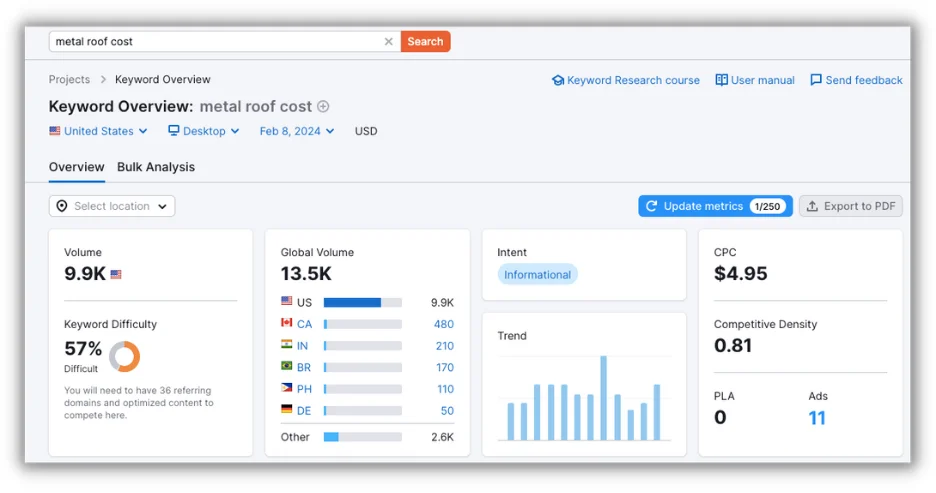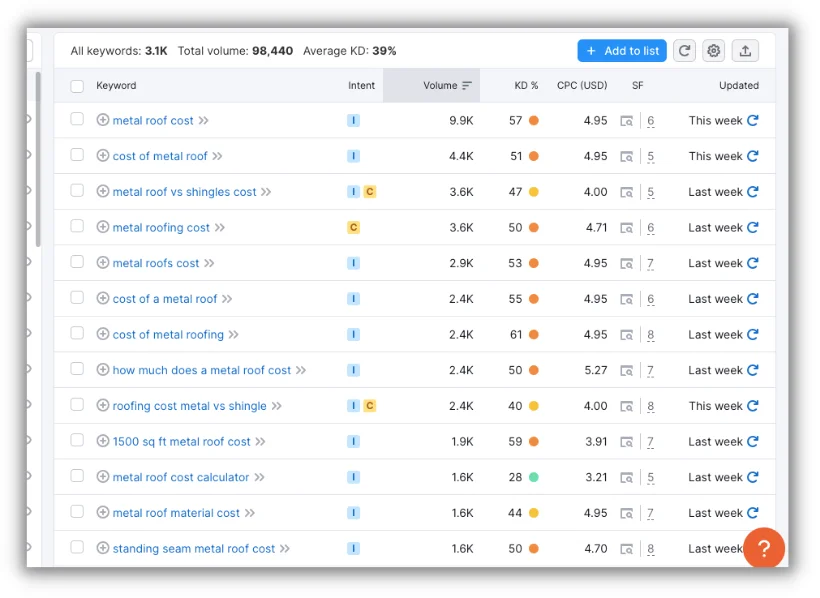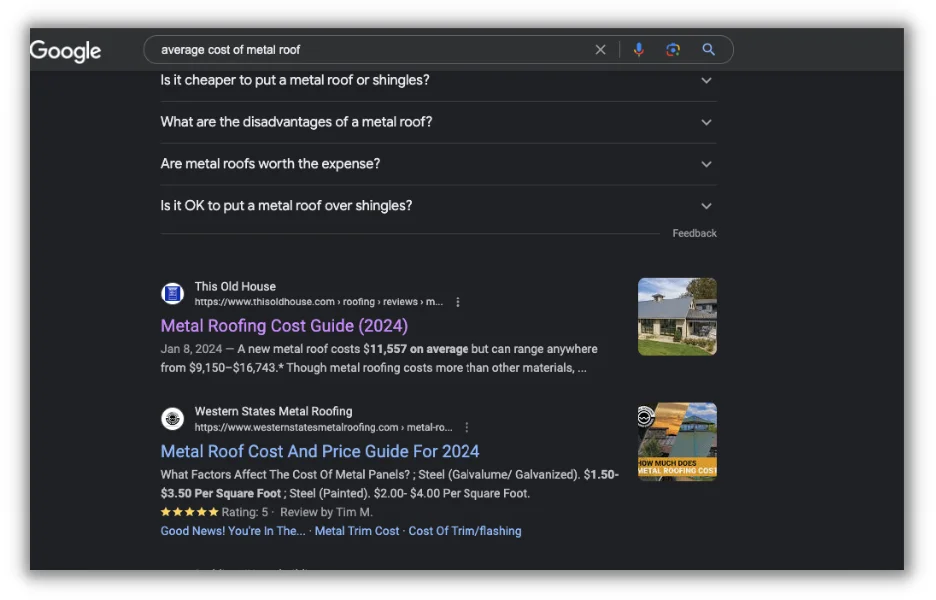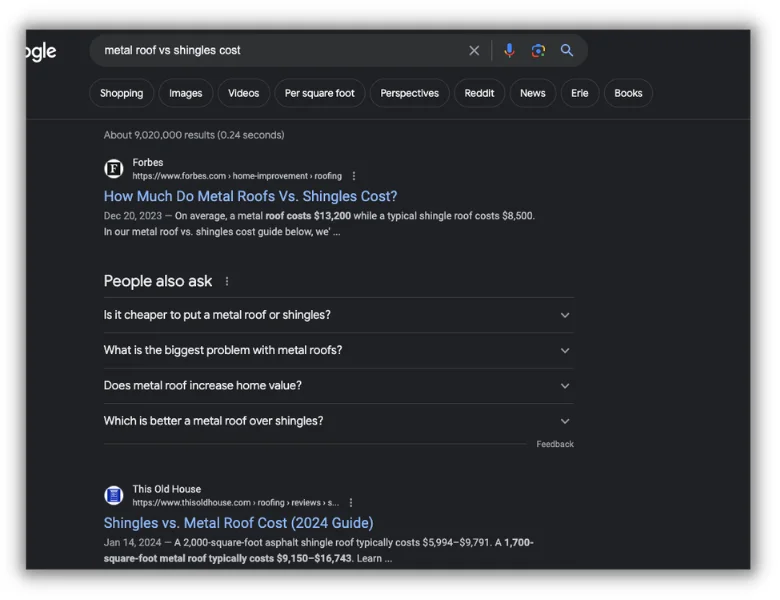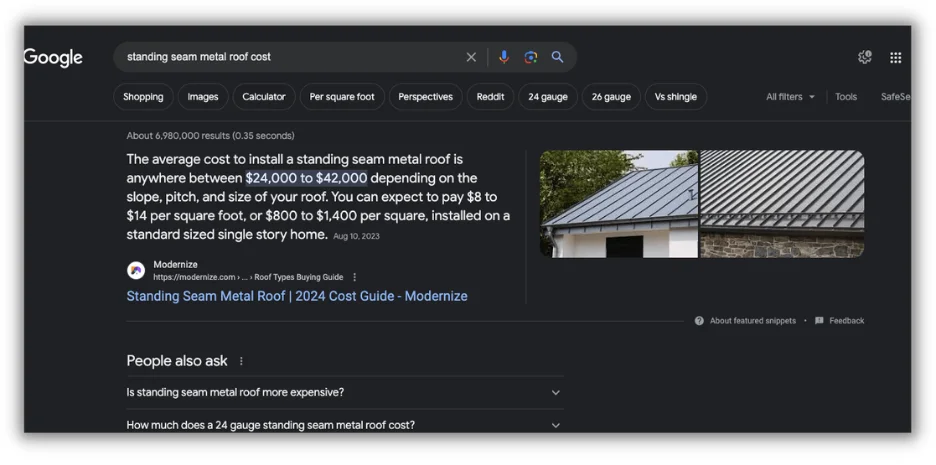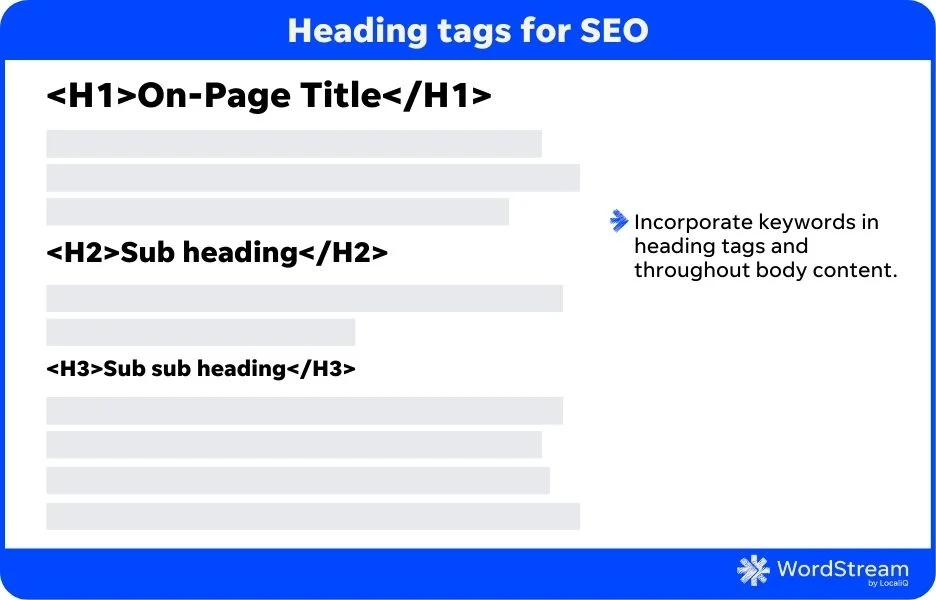Whether you’re a marketer or small business owner, you’re likely at least tangentially familiar with the concept of keyword research. Through the lens of search engine optimization (SEO), keyword research is the practice of identifying keywords related to your products or services that people are actively searching for on Google, then optimizing your website for those keywords. This allows your site to show up higher than your competitors in the search engine results page (SERP).
Sounds simple enough, right? And it is. But when we talk about keyword mapping, we’re talking about something slightly different than keyword research, but equally as important.
In this post, we’re going to talk about exactly what keyword mapping is and how you can implement it in a way that drives quality traffic for your business. We’ll also share a simple template you can use to get started on your keyword mapping efforts.
Table of contents
What is keyword mapping?
Whether you’re just getting started researching keywords for your SEO strategy, or you’ve been doing it for a long time, chances are you’ve come across two problems:
- You keep finding keywords that are related, or semi-related to one another, and you don’t know whether they should be included on the same piece of content, or which keyword should be your “target” keyword.
- You already have pages on your site that align with some of the keywords you’re finding, but they’re not fully optimized for those keywords, or don’t include all of the keywords you’re finding.
Keyword mapping is the natural solution to both of these very typical conundrums.
Keyword mapping, in a nutshell, is the process of identifying cluster keywords that you can optimize for specific pages on your site. A cluster of keyword are keywords that are semantically similar to one another in meaning or intent, meaning that the person who is searching for one keyword might realistically be looking for information on another keyword in a given cluster.
? Need help finding the right keywords before getting started with keyword mapping? Try our Free Keyword Tool!
Why is keyword mapping important?
Keyword mapping is important because it allows you to do a few things:
- Prioritize which keywords in a given cluster you should target with a piece of content, and understand how those keywords should be arranged on the page.
- Structure, restructure, and optimize existing content according to what people are searching for.
- Appear in more search results, and drive significantly more traffic by reaping the rewards of the above two benefits.
Now that we have a baseline understanding of what keyword mapping is and why it’s beneficial, let’s take a look at some examples of how it works in practice.
How does keyword mapping work?
Let’s say you’re a roofing contractor. You see that a lot of your customers have questions about the cost of your metal roofing products, and you decide it would be a good idea to create a piece of content to address those questions (and drive other interested prospects to your website).
Using your favorite keyword research tool, you do a little searching and see that the keyword “metal roof cost” has really strong volume (9.9K), and a moderate level of competition (57).
That’s great, and you’re all set to write your blog post. But when you dig deeper into the keyword, which, because it has the highest volume in this given cluster, we will call the “parent keyword,” you see that people who search for “metal roof cost” are also searching for all kinds of semantically similar or related keywords.
Oof. Now this complicates things a bit, doesn’t it? Are you supposed to create separate pieces of content for all of these keywords? For which keyword should you optimize the blog post you were already planning on writing? The answer all comes down to intent. We’ll talk through how to do this next.
? But first: Looking for more ways to drive people to your site? Free guide >> 25 Ways to Increase Traffic to Your Website
How to do keyword mapping based on intent and ranking opportunity
Through keyword mapping, you can sort through this mess of semantically related keywords and start coming up with a content plan that’s going to reap you the maximum amount of traffic.
For our purposes here, because “metal roof cost” has the highest volume, and our domain has some decent authority, we decide that we have a reasonable chance of ranking for the parent keyword. We also do a quick search on Google and see that blog posts optimized for “metal roof cost” are also answering questions like “how much does a metal roof cost,” “average cost of metal roof,” and “1,500 sq ft metal roof cost.” Furthermore, when we enter these queries into Google, we see that the search results contain the same posts as the search results for “metal roof cost.”
That’s great! Because there are no posts in this SERP targeting “average cost of metal roof” as the primary keyword, we can safely assume that we should include it as a “secondary” or “ancillary” keyword in our post targeting “metal roof cost.” Ideally, because this keyword has strong search volume, we should include it as an H2, along with the other secondary keywords discussed above.
Taking another look at our cluster, we see that “metal roof vs shingles cost” also has great search volume (3.6K). Should we include this as a secondary keyword as well? Let’s see what the search results tell us.
Clearly, Google has determined that people who are searching for this keyword get the most use out of an entire blog post on that specific topic, not a post of metal roofing costs that covers “metal roof vs shingles cost” as a sub-topic. Therefore, this keyword deserves its own post.
The same goes for a keyword, from our initial cluster list, like “standing seam metal roof cost.”
Enter this query into Google and you’ll see that nearly all the top content is optimized for standing seam roofs specifically. That means that this keyword deserves its own post as well.
Does that mean that you can’t address standing seam roofs or shingles in your post targeting “metal roof cost?” Absolutely not. Doing so provides more useful information for your reader and gives your post an opportunity to rank for a more diverse set of keywords. But it shouldn’t be the focus of your post. And, if you want to drive as much traffic as possible, you should spend more time crafting quality, unique content around those other keywords.
How to use keyword mapping for on-page SEO
We’ve talked at length in this post about “optimizing” content for a given keyword in your keyword map, but what exactly does that mean? After you’ve done the hard work of breaking out your clusters (using the handy template we’ll provide in a second), how do you actually rank for the keywords you’re targeting with net new content?
The key here is on-page SEO. In order to show up on page one of the search results for a given keyword, your post needs to follow a certain structure and adhere to certain rules that Google has defined as necessary to understand and rank content. The most critical components of on-page SEO when it comes to ranking for the keywords you’ve mapped are the following:
Keyword optimization
As mentioned above, identifying a keyword is only half the battle. You need to make sure your keyword appears throughout your page: in your title tag, meta description, H1, H2s, and throughout the body content.
Including keywords throughout these different page elements tells Google that your page is relevant for a given search query.
Optimize meta tags
Your meta title should be under 60 characters to ensure it displays fully in the search engine. Your meta descriptions should be around 150-160 characters, and include an enticing call-to-action. Both meta tags should contain your target keyword, and should be relevant and compelling.
Optimize URL structure
Create clean and descriptive URLs that provide a clear indication of the page’s content. Avoid using long and complex URLs with unnecessary characters or numbers. Instead, use hyphens to separate words and keep the URL concise. We provided a couple examples of how to do this effectively in the image of our keyword mapping template below.
There are other aspects of on-page SEO, but in terms of leveraging your keyword map to make sure the right pieces of content are showing up for the right keywords, these are the elements to which you need to pay the most attention.
Keyword mapping template
Now let’s talk about the keyword mapping template we promised at the onset of this post. As you start grouping these keywords from your initial cluster by intent, you can and should add them to a template like this:
Want to use this same template? Simply open this link and click “Make a copy.”
As you can see, the keywords we identified as needing their own pieces of content become their own cluster topics, complete with secondary keywords of their own that should be included in that content. Leveraging a template like this is obviously great for ideating new content, but it can also be a great way to understand how to make your existing content better match the queries for which your customers are searching.
? Want more tips and ideas? We’ve got 130+ for you! Get the guide >> 130+ of the Best Online Marketing Tips for Generating More Traffic, Leads, & Sales
Do keyword mapping for SEO to rank higher
It’s really that simple. Keyword mapping isn’t just a way to get organized. It’s a way to give yourself a chance to rank for the most diverse set of keywords that you can. It’s also, as we’ve seen, an amazing way to approach content creation meticulously and systematically; which, if you want to cast a wide net and drive as much traffic as possible, is really the only way to approach SEO and content marketing.
Need help with your SEO? Reach out to get a demo.

